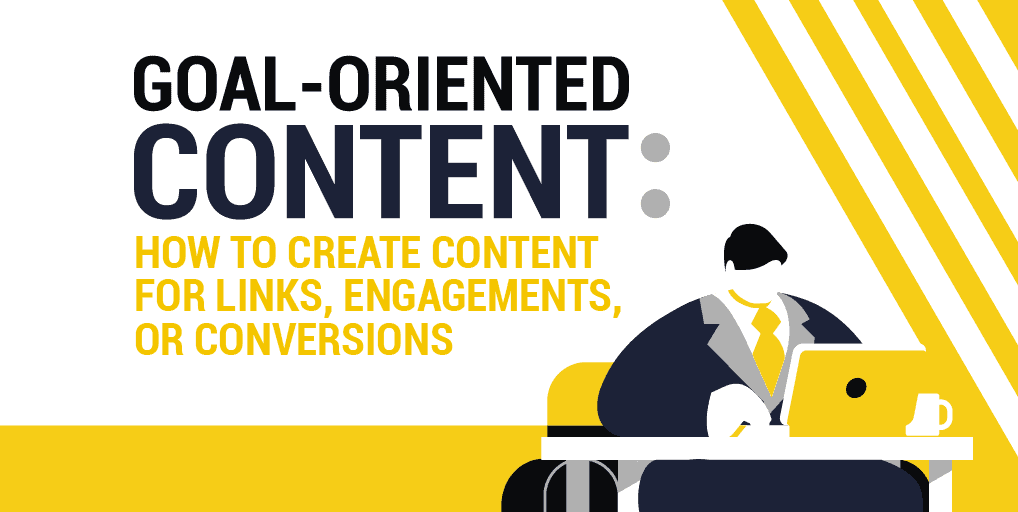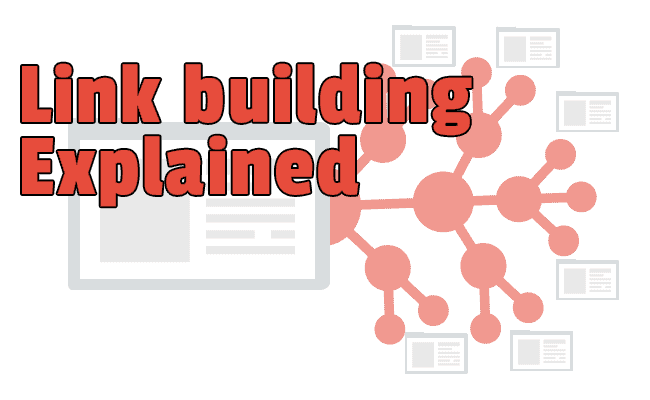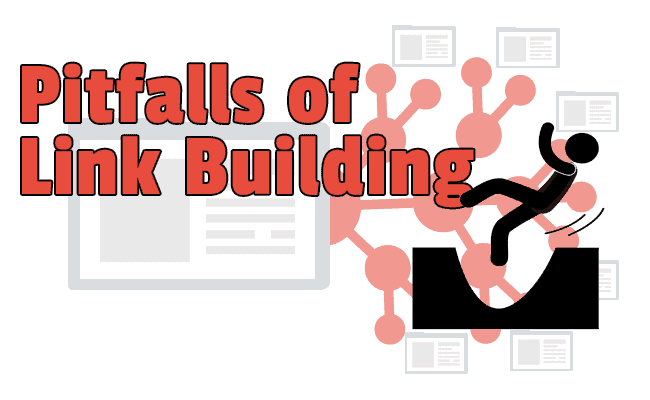
Using images for link building
Some of my clients have observed that in my blog updates I am paying special attention to the quality of the images I use these days.
Although normally they are a mash up of images that I find in Google images and other places, these days I try to make them as unique as possible by combining multiple images and text.
Not everybody can create nice-looking images, and this is where image link building can help you.
Have you ever noticed that when people use an image from another website or blog, they normally mention the “source”?
This gave me an idea. I normally find it very difficult to approach other publishers and bloggers (doesn’t mean I don’t) for backlinks.
As you know, people don’t go on distributing their backlinks. They either really need to know you, or you need to offer them something really compelling, or something they cannot resist linking to.
Being a content writer, writing blog posts comes easy to me, but most of the time, either I’m writing for my clients, or for myself.
Somehow, I cannot bring myself to writing blog posts for other websites and blogs. At least not right now. Maybe in future, when I will feel that my own blog and website have had enough of my writing, I will start writing for other blogs and websites.
Most of the backlinks that I currently have come from a few news websites because I also write journalistic articles and opinion pieces. But that is not sufficient.
I like creating images. This is not my profession and I don’t do this for money, so maybe I enjoy it more. But that’s beside the point.
Many bloggers and online publishers are constantly looking for good images. Major search engines like Google and Bing have dedicated image search sections. There is a complete website dedicated to curating images: Pinterest.
Talking of Pinterest, if you want people to pin your images try to make them as relevant as possible to your blog post or web page. This will get you more clicks from Pinterest.
What I’m trying to say is, there is a big world that revolves around images. This opportunity can be tapped into. You can encourage people to link to you due to the quality of your images.
Will give you a small example: Recently I published a web page dedicated to my blog content writing services. Actually, I have created multiple web pages, but I was just testing whether the images that I have used with these web pages show up in the image search results or not.
Just to make sure that Google was giving me unbiased results I used the “incognito mode” of the browser.
When I searched for “blog content writing services” on google.com I found the following images from my website:

Google image search results for the phrase blog content writing services
I hovered the cursor over the image thumbnail and this is why the various thumbnails are showing image dimensions and the website link.
There are other images too, but I haven’t shown all the images here.
Before the weekend I also published “6 Indisputable Benefits of Content Marketing” and I created two graphics for it. If you search for “benefits of content marketing”, you find both these images in the image search results:

Google image search results for the phrase benefits of content marketing
How to use images for link building?
When you are creating or mashing up images for your website or blog, think from the perspective of a person who would one day like to use your image.
Does it offer some useful insight? A statistic, for example?
Many people creating presentations and slides will like to use your image with data.
After you have created the image, do you think people would like to use it?
This brings to my mind that with my images, I use my website link to make sure that one, people know that from where the image is coming, and two, they don’t use the image as their own. I’m not sure if this is a good tactic or not because if I include my link, it may deter them from using the image and linking to my website as “source”.
Anyway, the idea for this present blog post that I’m writing about the importance of using images for link building, came to me when I was going through my Twitter timeline and came across an update from Moz.
They publish weekly videos titled “Whiteboard Friday” in which they give very useful SEO tips.
In their latest Whiteboard Friday video, they have talked about how to use images for link building.
Aside from creating very striking and useful images, I think you should also aim for improving your search engine rankings in the image search results.
I have recently started following these points while using images on my website and blog:
- Name the image file with a descriptive phrase. For example, if I’m creating a blog post about content marketing, some way or the other, I try to make sure that the phrase “content marketing” appears within the name of the image file.
- Use the .PNG format when saving the images. This will allow you to create very light images without losing their quality and sharpness. This is something that I discovered just recently. Google prefers the .PNG format.
- Describe the image using the ALT tag. Never misguide – the text in the ALT tag must represent what is being shown in the image.
- Use image captions. This is also something that I have just started using a few days back and this has shown a marked improvement in my image search engine rankings. Caption is an HTML tag that you can enclose your image in and in the caption text, try to use your keyword. Again, use the caption text contextually, not irrelevantly.
- Use appropriate text around the image. Although technology these days allows computers to read text with images and there are many algorithms that can tell what is inside the image (a tiger jumping over a fallen tree, for example), the image ranking algorithms still depend upon the information existing around the image to make out what the image represents.
These are the few measures you can take to make sure that your images enjoy better search engine rankings.
Rankings are important. No matter how good your images are, if people are not able to find them, they’re not going to help you in image link building.










